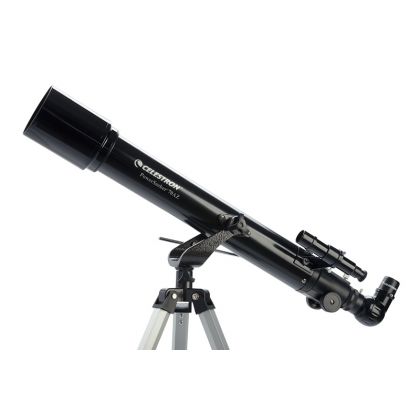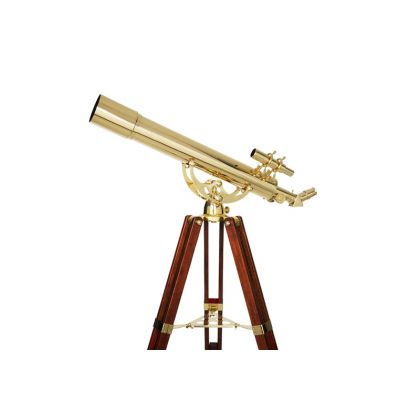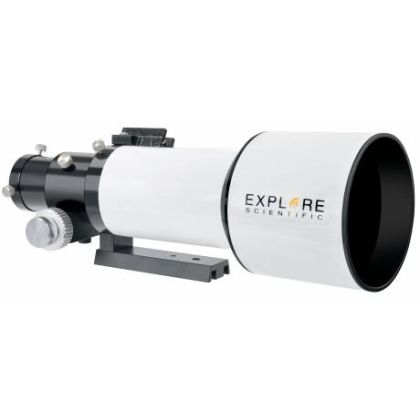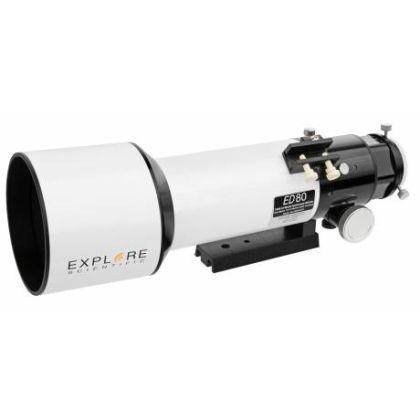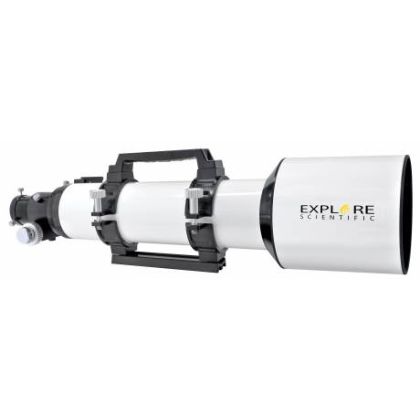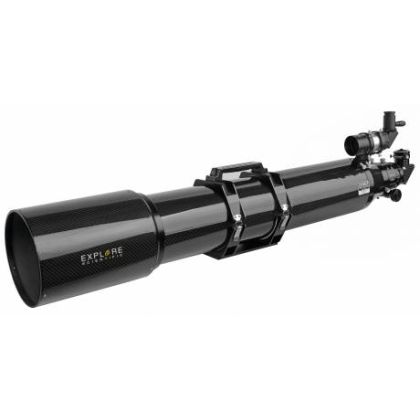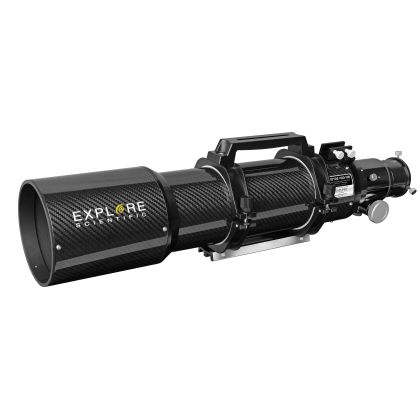Mounts
Apochromat Telescopes
General features of Apochromatic telescopes
An apochromatic telescope features an apochromatic lens that has a better correction for chromatic aberration than achromat lens.
This type of telescope provides a better quality image than the achromat telescope. This becomes very noticeable when observing very bright celestial objects, such as Moon and Venus.
Observing the skies with Apochromatic telescope
-
Like all refractors, apochromat is a great telescope for observing stars and planets.
-
It is also a great telescope for beginners in astrophotography.
Apochromatic telescope VS Achromatic telescope
Apochromatic telescopes are more expensive than achromatic telescopes. The main difference between apochromat and achromat is in their ability to correct light so that different colours lie in the image plane together.
-
Apochromat lens corrects light so that three colours lie in the image plane together,
-
while achromat lens corrects only for two.
The apochromatic telescope can become very pricey if the user wishes to have a larger aperture.
Apochromat lens (APO) in Apochromatic telescope
The achromat lens brings only blue and red light to the center on the same plane. The apochromat lens, on the other hand, corrects all wavelengths to focus on the same point (red, blue, and green).
An apochromat lens consists of three different types of glass:
-
two crown glasses,
-
and one flint glass.
The glasses are cemented together or have an air-gap between them, or a combination of both. Because of a higher number of glass elements, other defects such as coma and spherical aberration also have better correction.
Apochromatic lens correcting three wavelengths. (Source: Synthesis of high refractive index materials for manufacturing apochromatic lens by 3D printing - Scientific Figure on ResearchGate. Available from: https://www.researchgate.net/figure/Apochromatic-lens-correcting-three-wavelengths_fig4_321017277 [accessed 28 Oct, 2019])
A short presentation of apochromatic telescopes (apo apochromat) is available here.
Slideshare presentation of Apochromatic Telescopes (APO)
Short Presentation | Apochromatic telescope | Optics Trade from Optics-Trade
Filters
Sort
Filters
Sort

